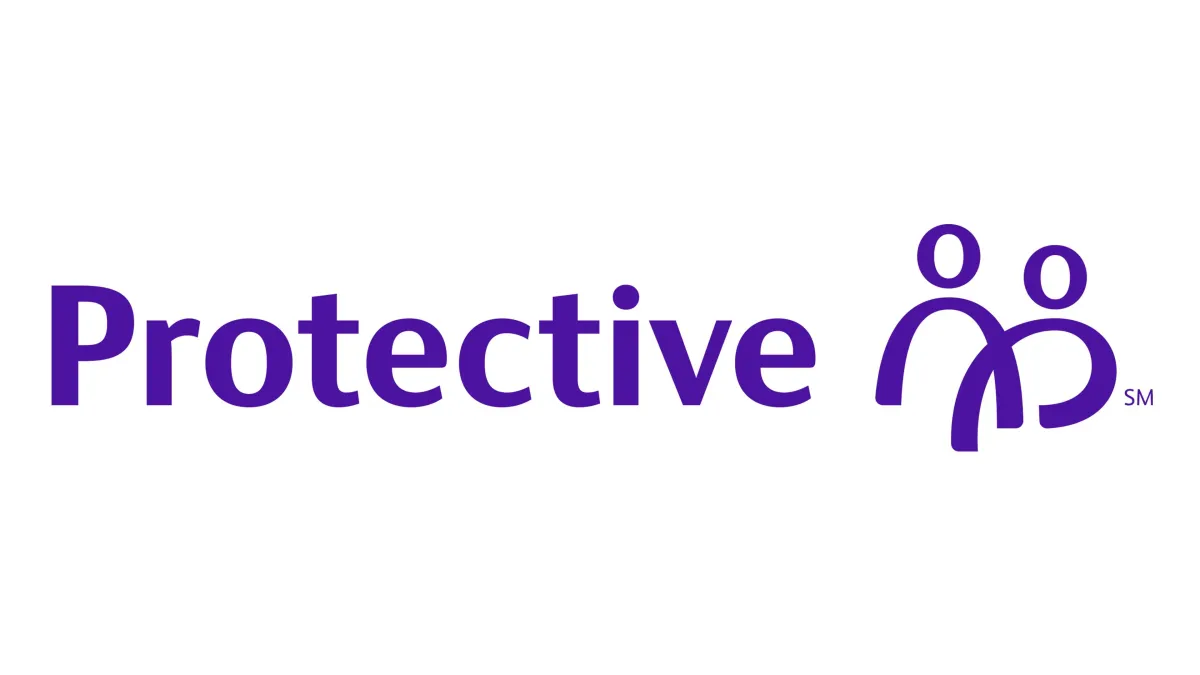Richard G.
Easterbrook, CFP®
Richard G. Easterbrook, CFP®
Apply In Minutes!
Schedule a call with me!

Richard G. Easterbrook, CFP®
Investment Advisor Representative
Financial Planning for Individuals, Families, Small Businesses and Government Employees for over 30 years
Contact Me
Frequently asked questions
Frequently asked questions
Most people overestimate the cost of life insurance by more than 300%.
In reality, your rate depends on several personal factors—like the amount of coverage you need, the length of your policy, your age, health, and whether you use tobacco. The earlier you apply, the better your chances of locking in a lower premium—and saving more over time.
Coverage from work is rarely enough.
Employer-provided life insurance usually offers just 1–2X your salary—far less than the recommended 10X needed to protect your family. Plus, that coverage often ends when you leave your job. That’s why many people choose individual term policies to fill the gap.
Not sure how much life insurance you need?
A simple rule of thumb is to multiply your annual income by 10. For a more personalized estimate, add up your long-term financial obligations—like a mortgage, debts, and future expenses—and subtract your current assets. The difference is the amount life insurance should cover.
What does life insurance cover?
If you pass away while your policy is active, life insurance provides a lump-sum payout to your beneficiaries—usually tax-free. That money can be used for major expenses like mortgage payments, outstanding debts, college tuition, or everyday living costs. Your loved ones decide how the funds are used, giving them flexibility and financial security.
Supported by industry leaders







Key Life Events That Signal
It’s Time for Life Insurance
Key Life Events That Signal It’s Time for Life Insurance
Applying is simple and stress-free with our modern,
100% online platform.
Applying is simple and stress-free with our modern, 100% online platform.

Marriage
When you get married, you're taking on shared financial responsibilities. That could include car loans, student debt, and potentially a larger mortgage. Whether you earn income or contribute by managing the household, both partners should be protected with life insurance.

Welcoming a Child
Bringing a new child into the family—through birth or adoption—adds new financial responsibilities. Life insurance can help secure your child’s future, covering income replacement, childcare expenses, and long-term education costs.

Major Financial Commitments
Buying a house or making another large investment is a great time to consider coverage. Many choose life insurance amounts that match major debts, so loved ones aren’t forced to sell assets like the home if something unexpected happens.
